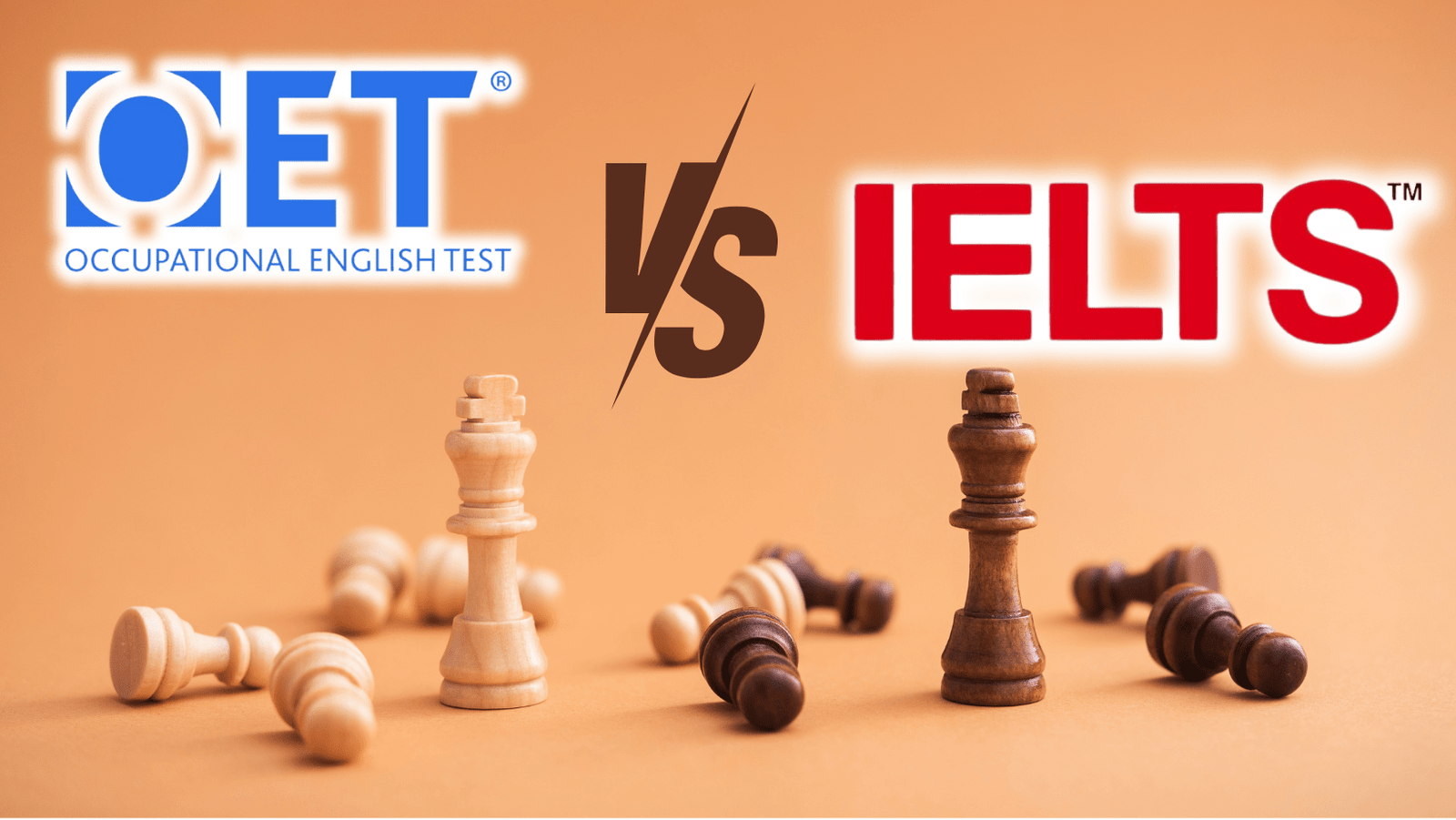Introduction
Navigating the landscape of English language proficiency exams can be quite a challenge, as there is a horde of tests, each with its unique focus and demands. Two prominent exams standing tall in this sphere are the Occupational English Test (OET) and the International English Language Testing System (IELTS). Selecting between these two can often become confusing as they have different areas of emphasis and structural underpinnings.
Through this article, we dive deep into the nuances of these proficiency tests, dissecting them into nuanced comparisons, thereby providing a comprehensive guide to help you make the best informed decision for your language learning journey.
Spotlight on OET
Background and Purpose
The Occupational English Test (OET) serves as a litmus paper for English language proficiency specifically for the healthcare sector. It assesses the communication skills of healthcare professionals who wish to register and work in an English-speaking environment.
Countless dedicated professionals rely on OET to demonstrate their linguistic capabilities as the test closely mirrors real-world healthcare scenarios.
Structure and Focus
You’ll find that OET’s structure is uniquely tailored for healthcare contexts:
- Listening: Three-part test, mainly focused on a consultation and a presentation.
- Reading: Two-part test either focused on a short text or on understanding a range of healthcare-related themes.
- Writing: Letter writing, usually a referral.
- Speaking: Role-plays based on typical workplace situations.
“OET’s distinct healthcare-centric approach helps practitioners become comfortable in their professional English communication.”
Advantages of OET
If you belong to the healthcare sector, you may find that OET comes with certain advantages:
- OET mirrors real-life professional scenarios, enhancing its relevance for practicing professionals.
- Improved performance directly correlates to work-related effectiveness.
- OET is recognized by healthcare boards and councils in most major English-speaking countries.
A Glimpse of IELTS
Background and Purpose
The International English Language Testing System (IELTS) is a globally accepted English language test that evaluates reading, writing, listening, and speaking skills.
While it’s not sector-specific, IELTS is accepted by universities, immigration departments, and employers worldwide as proof of English proficiency.
“IELTS is renowned worldwide as a reliable testament of English language proficiency.”
Structure and Focus
IELTS broadly encompasses two variants – the Academic and the General Training – each tailoring the reading and writing components as per the candidate’s requirements.
- Listening: Four sections, including a conversation, a monologue, a dialogue on an academic subject, and a university lecture.
- Reading: Three long texts that range from descriptive to argumentative.
- Writing: Involves writing an essay and graph interpretation (Academic) or letter writing (General Training).
- Speaking: Three-part one-on-one interaction with an examiner, involving free speech and a discussion.
Advantages of IELTS
IELTS extends its relevance across various spheres:
- Recognized globally by over 10,000 organizations in 140 countries.
- Covers both North American and British English varieties giving an edge in overall adaptability.
- Academic variant specially designed for university-level education.
OET vs. IELTS: Key Factors to Consider
With detailed insight into both OET and IELTS, making an informed choice becomes more accessible. However, consider these factors:
- Nature of Requirement: IELTS is more flexible due to its global acceptance and generic testing model. However, if you’re a healthcare professional seeking a workplace in an English-speaking country, OET might be more pertinent.
- Format & Content: IELTS focuses on general or academic English. On the other hand, OET content is specific to the healthcare environment, making it easier for practitioners to connect and understand.
- Recognition: Both tests are widely recognized. Yet, it’s advisable to check the specific requirements of universities, immigration departments, or employment bodies before making a choice.
Conclusion
When caught in the OET vs. IELTS conundrum, take into account your own career aspirations, sector specificity, and the examining body’s specific requirements. While IELTS stands as an all-purpose proficiency test, OET’s unique healthcare-centric approach adds significant value for aspirants in the health sector. The right choice then is subjective to one’s purposes and needs.

